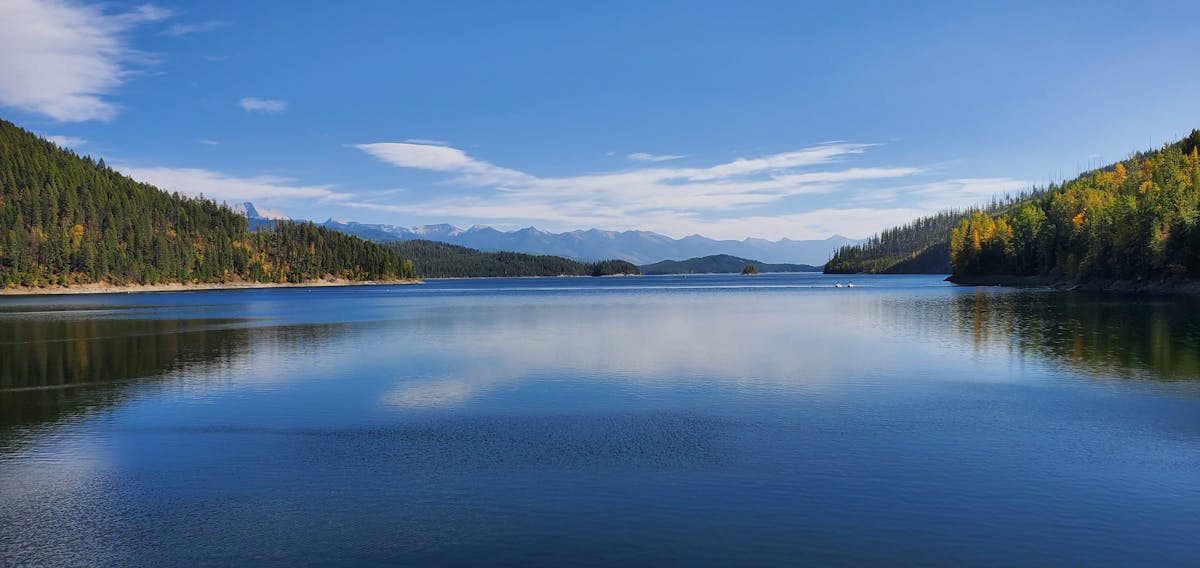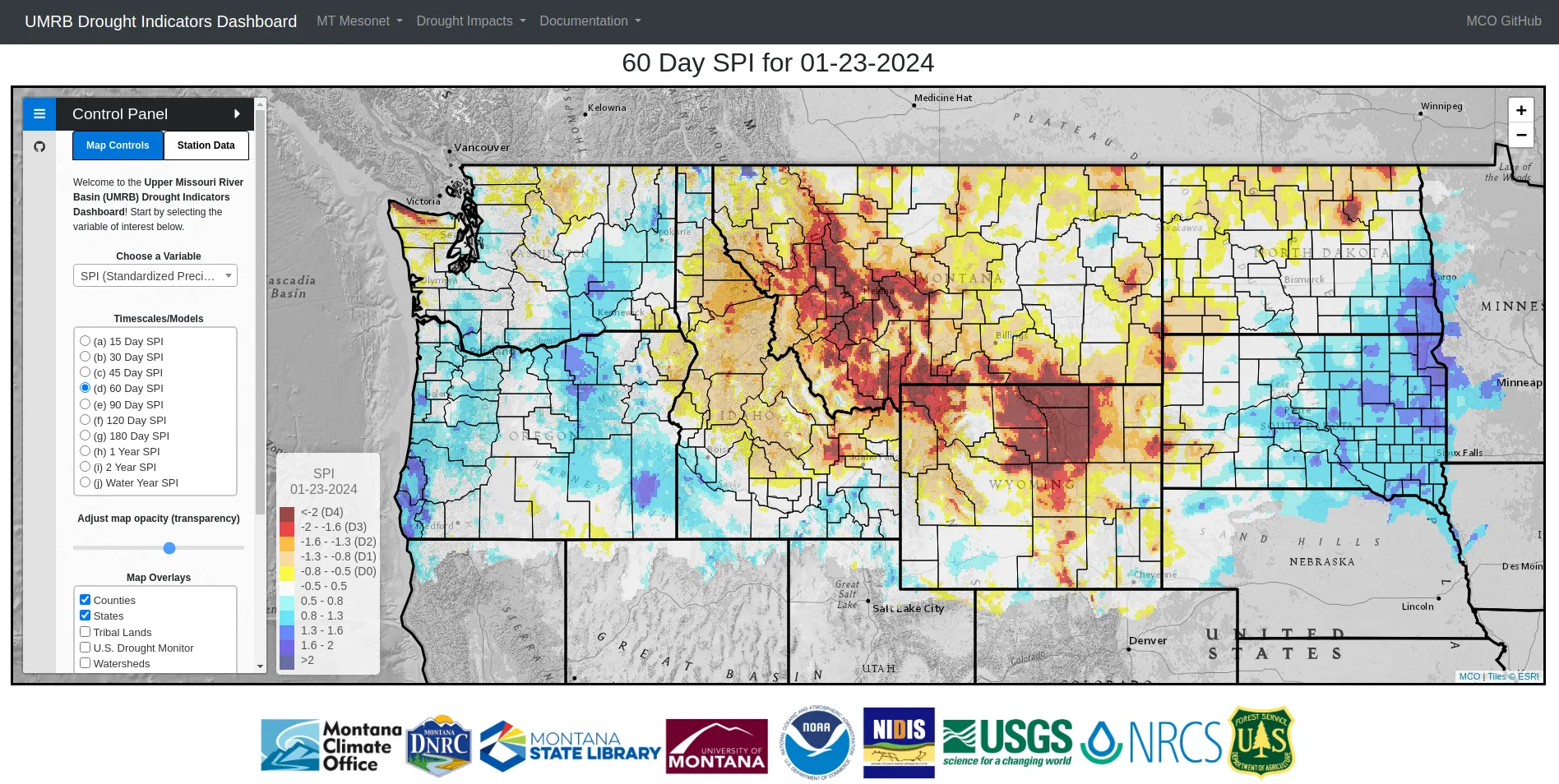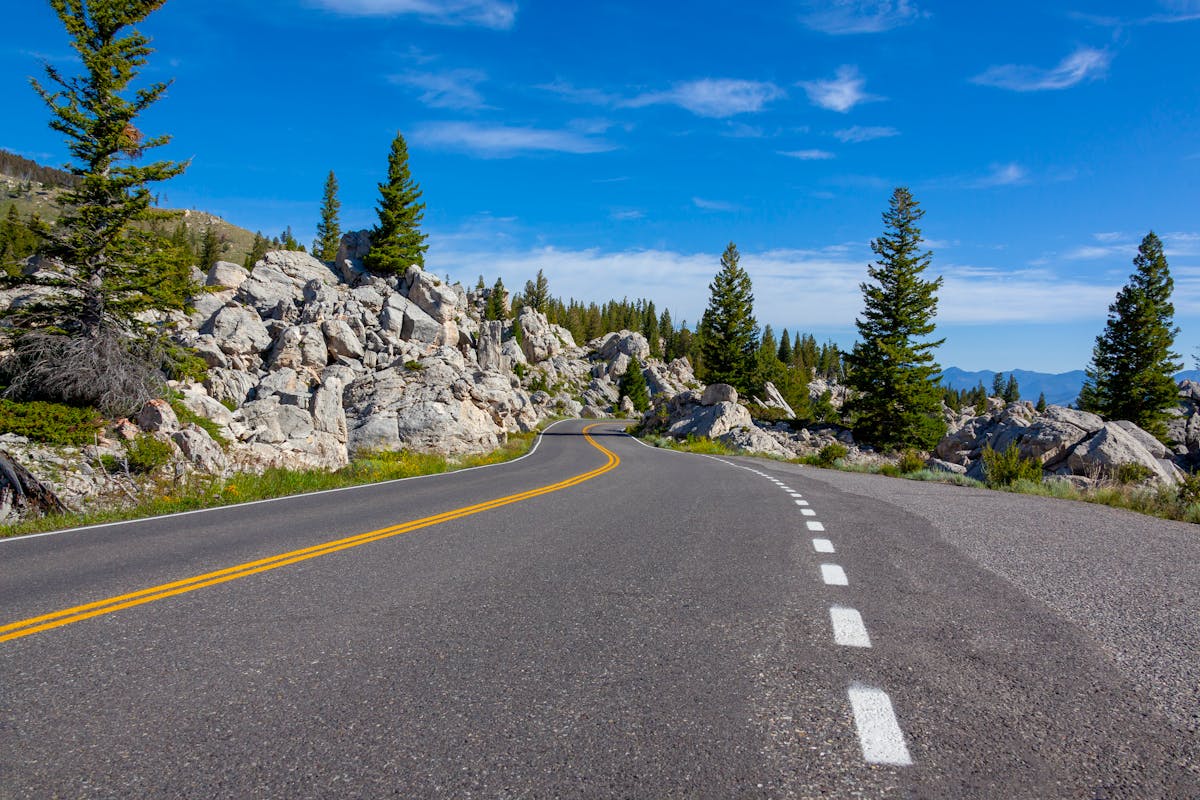Montana, often called the “Big Sky Country,” boasts breathtaking landscapes, from the majestic Rocky Mountains to vast plains. However, experiencing these wonders requires understanding the Climate For Montana, a force that significantly shapes the state’s seasons, landscapes, and travel opportunities. Montana’s climate is primarily continental, marked by wide temperature swings and varied precipitation depending on location and time of year. Knowing what to expect climate-wise is key to planning a successful and enjoyable trip, ensuring you pack appropriately and are prepared for the conditions.
The state’s diverse topography leads to microclimates. The western mountainous regions tend to be wetter and milder, with more predictable snowfall in winter. The eastern plains experience more extreme temperatures, with hot summers and very cold winters, along with less precipitation overall. This stark contrast means the Climate For Montana in one area can be vastly different from another, sometimes just a short drive away. Understanding these regional nuances is vital, whether you’re planning to ski in the west or explore ranches in the east.

Spring in Montana is notoriously unpredictable. It can swing from late-season snowstorms to warm, sunny days in quick succession. Temperatures gradually rise, but frost is common well into May. This is a time of transition; mountain snowmelt begins, swelling rivers and streams. While beautiful with melting snow and emerging greenery, spring weather requires flexibility. The Climate For Montana during this season demands layers and readiness for anything from rain to snow flurries.
Summer, typically from June to August, is often the most popular time to visit. The Climate For Montana during summer is generally warm to hot, especially in the eastern plains, while mountain areas remain cooler. Sunshine is abundant, perfect for hiking, fishing, camping, and exploring national parks. However, thunderstorms are common, particularly in the afternoons. Wildfire season is also a significant factor in late summer, potentially impacting air quality and travel plans in certain areas.
Discover the Best – Where to Go on Vacation in Florida
Your Ultimate Guide – what to eat in destin florida
Discover Fun Things to Do in LA Today
Autumn brings a stunning transformation to Montana’s landscapes as leaves change color, creating spectacular scenery, especially in the mountains. The weather becomes crisper, with warm days transitioning to cool or cold nights. This season offers ideal conditions for hiking and wildlife viewing before winter sets in. However, early snow can occur, particularly at higher elevations. The variability of the Climate For Montana in fall means packing both warm-weather gear and cold-weather essentials is wise.
Winter is long and cold, defining the Climate For Montana from November to March. Snowfall is significant, providing excellent conditions for skiing, snowboarding, and snowshoeing, particularly in the western mountains. Temperatures regularly drop below freezing, often well below zero, especially in the plains. While challenging, the crisp air and snow-covered landscapes offer unique beauty and winter sports opportunities. Travelers must be prepared for extreme cold, icy roads, and potential road closures due to heavy snow.
Understanding the Climate For Montana isn’t just about packing; it’s also about safety. Sudden weather changes, particularly in mountainous terrain, can pose risks. Checking current conditions before embarking on outdoor activities is crucial. This is where official resources become invaluable. The Montana Climate Office (MCO) plays a key role in providing timely, scientifically based climate, drought, and water resources information to residents and visitors alike.
The MCO operates the Montana Mesonet, a network of over 100 weather stations across the state. These stations monitor essential variables like air temperature, humidity, precipitation, and soil moisture. For a traveler, access to this data means getting real-time information about conditions in specific locations, helping make informed decisions about routes, activities, and safety. Checking the Mesonet dashboard before a hike or drive can provide critical insights into localized weather patterns influenced by the dynamic Climate For Montana.
Furthermore, the MCO monitors current weather hazards issued by the National Weather Service. These alerts cover a range of conditions, from winter storm warnings and flood watches to heat advisories and red flag warnings for fire danger. Travelers can easily access this information through the MCO’s platforms. Being aware of active weather alerts is a fundamental aspect of safe travel in a state with the varied Climate For Montana. For example, understanding fire weather alerts is essential during wildfire season, which can impact air quality and visibility far beyond the immediate fire zones, affecting travel across states like Washington, Oregon, and Idaho.

Drought conditions are another critical aspect monitored by the MCO, especially impacting water resources and wildfire risk. They produce daily models of drought conditions, including for the Upper Missouri River Basin. While technical, this information links directly to conditions travelers might encounter – low river levels affecting fishing or rafting, or increased fire restrictions in dry areas. Checking drought maps helps provide context for current environmental conditions shaped by the Climate For Montana.

Ultimately, the best time to visit Montana depends heavily on what you want to do and your tolerance for specific weather. Summer is ideal for general outdoor exploration and warm weather activities, despite the risk of afternoon storms and wildfires. Winter is perfect for snow sports enthusiasts. Spring and Fall offer fewer crowds and unique beauty but demand greater flexibility due to variable weather. No matter the season, respecting and preparing for the Climate For Montana is paramount for a rewarding experience.
Planning your Montana adventure means embracing its wild beauty and understanding its powerful climate. By utilizing resources like the Montana Climate Office and staying informed about current conditions and hazards, you can navigate the state safely and fully appreciate the unique experiences each season of the Climate For Montana offers. Don’t just visit Big Sky Country; come prepared to live it, weather and all.
Frequently Asked Questions About Climate For Montana
- What are the average temperatures in Montana? Temperatures vary greatly by region and season. Summers can range from 70-90°F (21-32°C) or higher in the plains, while mountain areas are cooler, 60-80°F (15-27°C). Winters are cold, with averages often below freezing, ranging from 0-20°F (-18 to -7°C) or colder, especially at night.
- When is the best time to visit Montana for hiking? Late spring (June), summer (July-August), and early fall (September-October) are generally best. Be aware of snow levels in mountains in early summer and potential wildfire smoke in late summer.
- How much snow does Montana get? Snowfall varies significantly. Mountain areas, like those in the west, receive much more snow (often hundreds of inches annually) than the eastern plains (usually tens of inches).
- Is Montana’s weather unpredictable? Yes, especially in spring and fall, and in mountainous areas. It’s common for temperatures to change rapidly, and sudden storms can occur any time of year.
- How does wildfire season affect travel? Wildfires, typically in late summer, can cause hazy skies, poor air quality, and trail/road closures. Check air quality reports and fire incident maps before traveling during this time.
